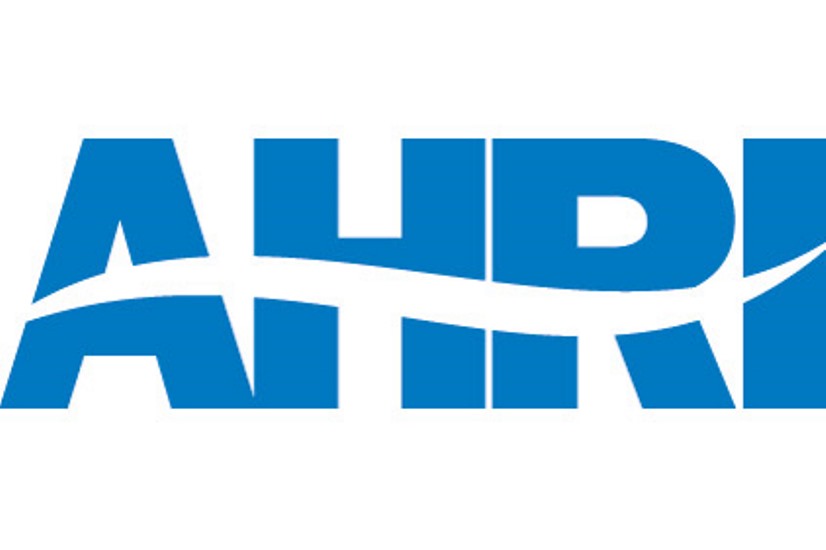Steel Markets

New & Existing Home Sales Both Gain In May
Written by Sandy Williams
June 22, 2015
New home sales were at a seven year high in May, climbing 2.2 percent from April to an a seasonally adjusted annual rate of 546,000, according to estimates released jointly by the U.S. Census Bureau and the Department of Housing and Urban Development. Sales outpaced the Bloomberg forecast of 523,000 and were 19.5 percent above the May 2014 estimate. April’s SAAR was adjusted to 534,000 from 517,000.
The median sales price of new houses sold in May dropped by 1 percent to $282,800; the average sales price was $337,000. Approximately 206,000 homes were for sale at the end of May. This represents a supply of 4.5 months at the current sales rate, down from 4.6 months in April.
Regionally sales from April to May dropped 5.7 percent in the Midwest and 4.3 percent in the South, but surged by 87.5 percent in the Northeast and 13.1 percent in the West.
Existing home sales also increased in May as more first-time buyers took advantage of employment gains. Sales rose 5.1 percent to a seasonally adjusted annual rate of 5.35 million. April sale were revised upward to 5.09 million. May sales were 9.2 percent higher than a year ago and rose for the eighth consecutive month. Median sales price for all housing types in May was $228,700, as 7.9 percent gain from May 2014.
“Solid sales gains were seen throughout the country in May as more homeowners listed their home for sale and therefore provided greater choices for buyers,” said Lawrence Yun, NAR chief economist. “However, overall supply still remains tight, homes are selling fast and price growth in many markets continues to teeter at or near double-digit appreciation. Without solid gains in new home construction, prices will likely stay elevated — even with higher mortgage rates above 4 percent.”
Single family home sales increased 5.6 percent from April and 9.7 percent from a year ago, to a seasonally adjusted annual rate of 4.73 million. The median price was up 8.6 percent y/y to $230,000.
Condo and co-op sales increased 1.6 percent to a rate of 620,000 units. The year over year increase was 5.1 percent. Median prices increased 1.9 percent y/y to $216,400.
Existing home inventory increased 3.2 percent to 2.29 million homes for sale, up 1.8 percent from May 2014 and represents a 5.1 month supply at the current sales pace.
Yun says first time buyers have returned to the market due to “strong job gains among young adults, less expensive mortgage insurance and lenders offering low downpayment programs.”
Existing home sales and median price increased in all four U.S. regions in May:
– Northeast +11.3 percent to an annual rate of 690,000,+11.3 percent y/y; median price up +4.8 percent y/y to $269,000.
– Midwest, +4.1 percent to an annual rate of 1.27 million,+12.4 percent y/y; median price +9.4 percent to $181,900
– South +4.3 percent to an annual rate of 2.18 million, +6.9 percent y/y; median price +8.2 percent to $198,300
– West +4.3 percent to an annual rate of 1.21 million, +9.0 percent y/y; median price +10.2 percent to $324,000

Sandy Williams
Read more from Sandy WilliamsLatest in Steel Markets

Worldsteel: Global steel demand flat, but modest rebound forecast for 2026
The World Steel Association (worldsteel) Short Range Outlook for global steel demand predicts that 2025’s steel demand will clock in at the same level as in 2024. In its October report, the Brussels-based association stated that this year’s steel demand will reach ~1,750 million metric tons (mt). The organization forecasts a 1.3% demand rebound in 2026, pushing […]

CRU: China’s indirect steel exports find new destination markets
The boom in China’s direct steel exports has not stopped this year, even with a rise in protectionist measures globally. The increase is driven by...

Great Lakes iron ore cargoes down in September as Cleveland tonnage slips
Iron ore shipments from US Great Lakes ports fell sharply in September, per the latest from the Lake Carriers’ Association (LCA) of Westlake, Ohio.

HVAC equipment shipments down through August
Although total HVAC shipments fell in August, YTD volumes remain relatively strong. Nearly 15 million units were produced in the first eight months of the year, the fourth-highest rate in our 19-year data history.

Sheet market sources slam tariffs for prolonged demand slump
Tariffs are ultimately to blame for stagnant demand in the hot-rolled coil market, domestic market sources tell SMU.

